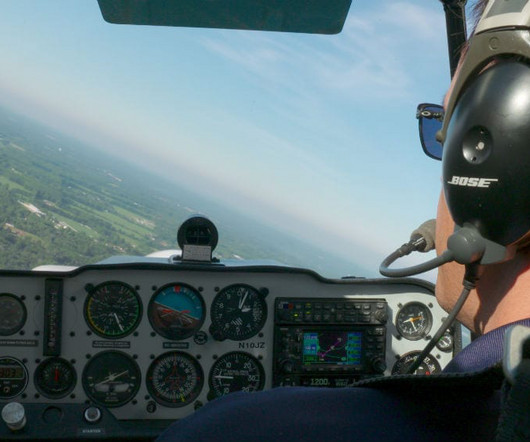The Flying Bear Goes to Beantown | Part 4, Going Missed
Photographic Logbook
JULY 11, 2024
At one point, we entered a region of sufficient turbulence that I disengaged the autopilot to hand-fly. Caught in series of up and down drafts, the autopilot pitched the Warrior aggressively to maintain altitude and the indicated airspeed trended too high in each updraft. Sometimes I have good luck switching to runway 10." "If










Let's personalize your content